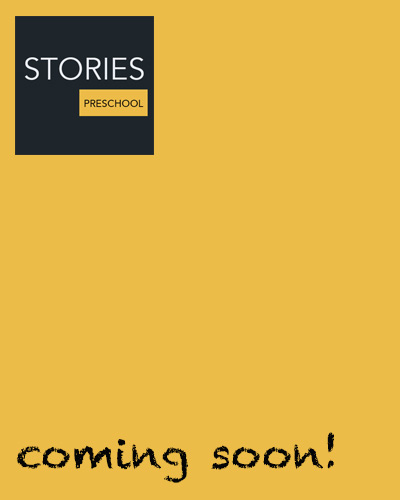Tactics
The basic tactic in field hockey, as in association football and many other team games, is to outnumber the opponent in a particular area of the field at a moment in time. When in possession of the ball this temporary numerical superiority can be used to pass the ball around opponents so that they cannot effect a tackle because they cannot get within playing reach of the ball and to further use this numerical advantage to gain time and create clear space for making scoring shots on the opponent's goal. When not in possession of the ball numerical superiority is used to isolate and channel an opponent in possession and 'mark out' any passing options so that an interception or a tackle may be made to gain possession. Highly skillful players can sometimes get the better of more than one opponent and retain the ball and successfully pass or shoot but this tends to use more energy than quick early passing.
Every player has a role depending on their relationship to the ball if the team communicates throughout the play of the game. There will be players on the ball (offensively - ball carriers; defensively - pressure, support players, and movement players.
The main methods by which the ball is moved around the field by players are a) passing b) pushing the ball and running with it controlled to the front or right of the body and c) "dribbling"; where the player controls the ball with the stick and moves in various directions with it to elude opponents. To make a pass the ball may be propelled with a pushing stroke, where the player uses their wrists to push the stick head through the ball while the stick head is in contact with it; the "flick" or "scoop", similar to the push but with an additional arm and leg and rotational actions to lift the ball off the ground; and the "hit", where a swing at ball is taken and contact with it is often made very forcefully, causing the ball to be propelled at velocities in excess of 70 mph (110 km/h). In order to produce a powerful hit, usually for travel over long distances or shooting at the goal, the stick is raised higher and swung with maximum power at the ball, a stroke sometimes known as a "drive".
Tackles are made by placing the stick into the path of the ball or playing the stick head or shaft directly at the ball. To increase the effectiveness of the tackle, players will often place the entire stick close to the ground horizontally, thus representing a wider barrier. To avoid the tackle, the ball carrier will either pass the ball to a teammate using any of the push, flick, or hit strokes, or attempt to maneuver or "drag" the ball around the tackle, trying to deceive the tackler.
In recent years, the penalty corner has gained importance as a goal scoring opportunity. Particularly with the technical development of the drag flick. Tactics at penalty corners to set up time for a shot with a drag flick or a hit shot at the goal involve various complex plays, including multiple passes before a deflections towards the goal is made but the most common method of shooting is the direct flick or hit at the goal.
At the highest level, field hockey is a fast moving, highly skilled game, with players using fast moves with the stick, quick accurate passing, and hard hits, in attempts to keep possession and move the ball towards the goal. Tackling with physical contact and otherwise physically obstructing players is not permitted. Some of the tactics used resemble football (soccer), but with greater ball speed.
With the 2009 changes to the rules regarding free hits in the attacking 23m area, the common tactic of hitting the ball hard into the circle was forbidden. Although at higher levels this was considered tactically risky and low-percentage at creating scoring opportunities, it was used with some effect to 'win' penalty corners by forcing the ball onto a defender's foot or to deflect high (and dangerously) off a defender's stick. The FIH felt it was a dangerous practice that could easily lead to raised deflections and injuries in the circle, which is often crowded at a free-hit situation, and outlawed it.
SPORTS

RESOURCES
This article uses material from the Wikipedia article "Field Hockey", which is released under the Creative Commons Attribution-Share-Alike License 3.0.
© Stories Preschool. All Rights Reserved.









